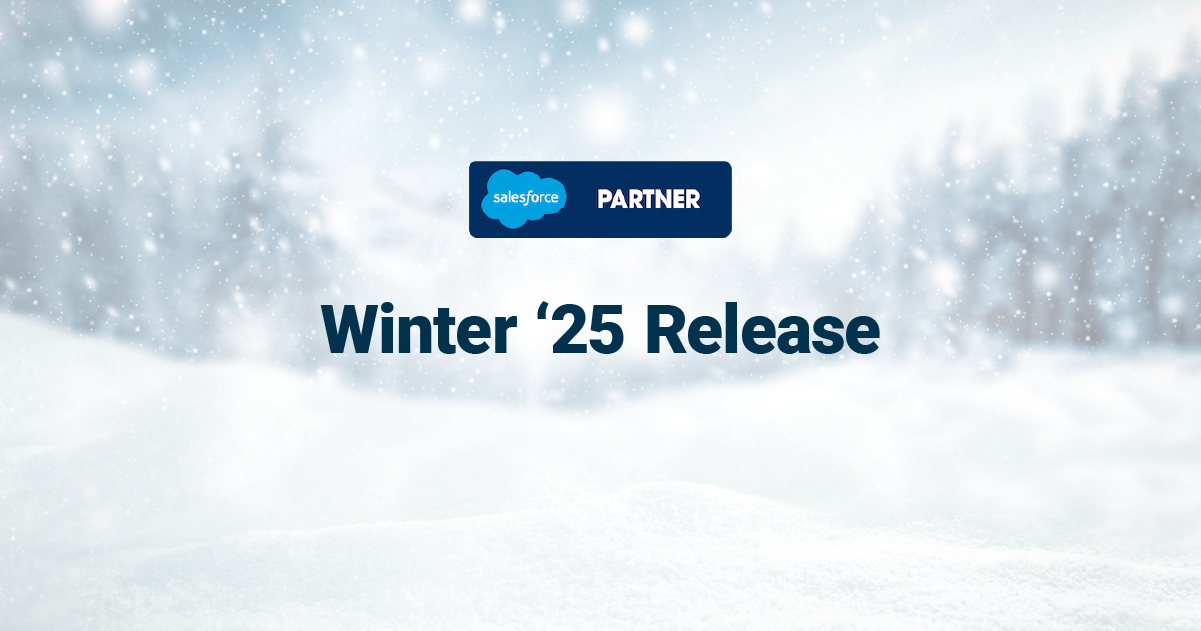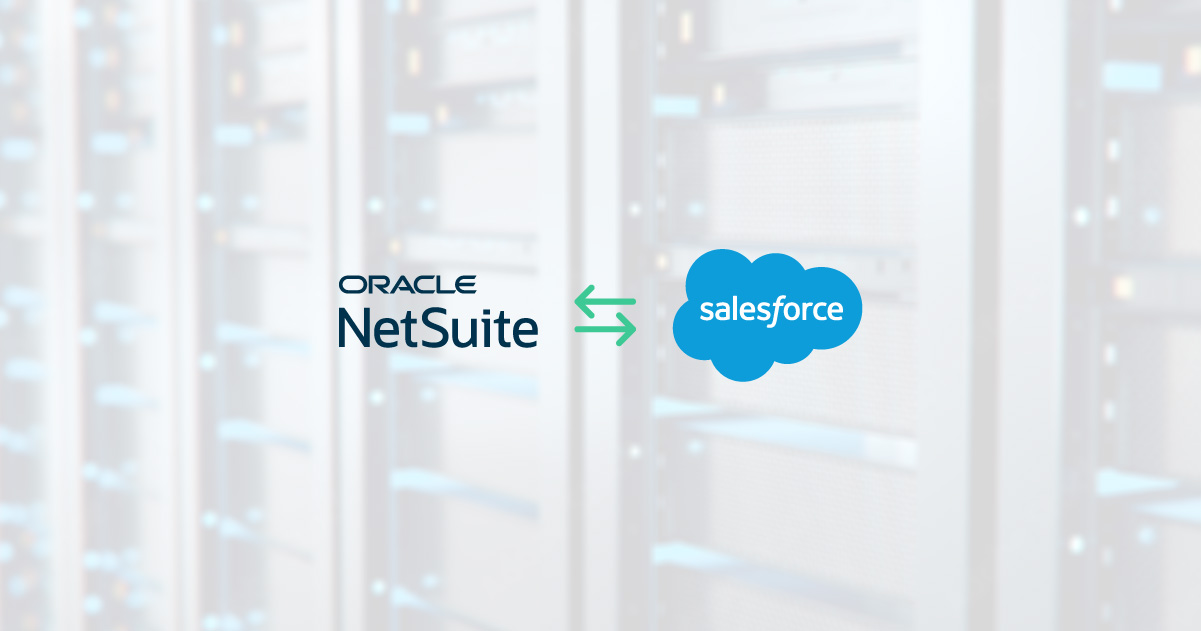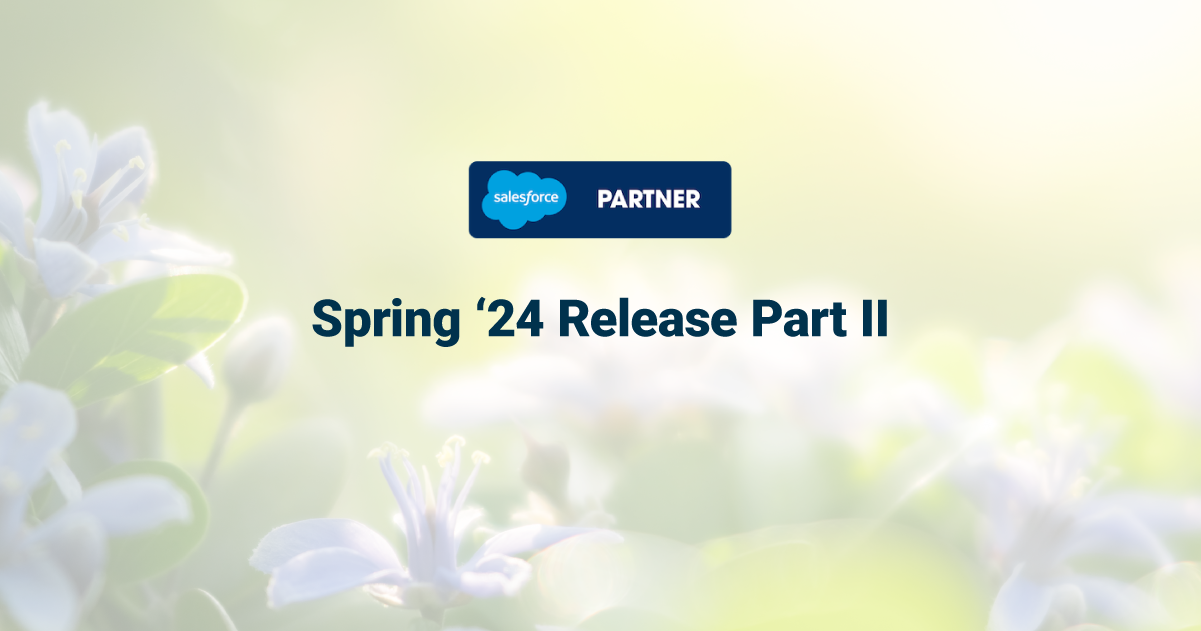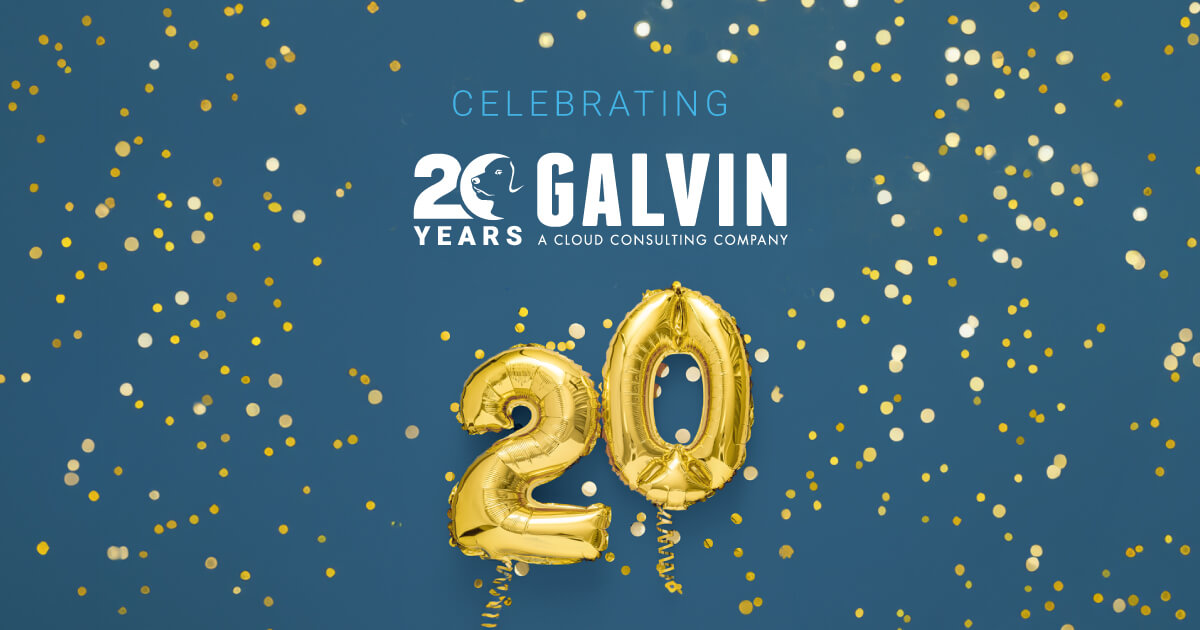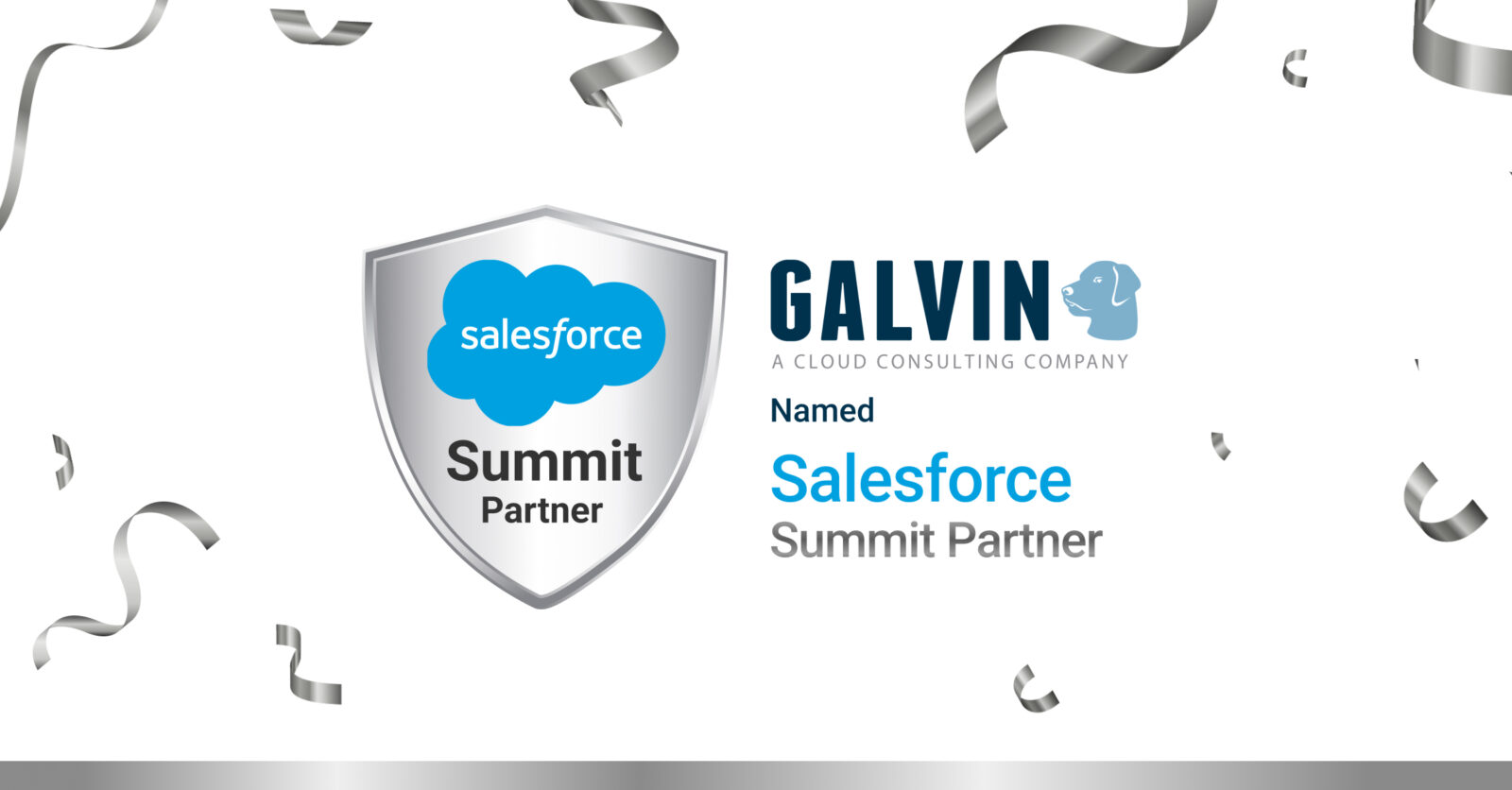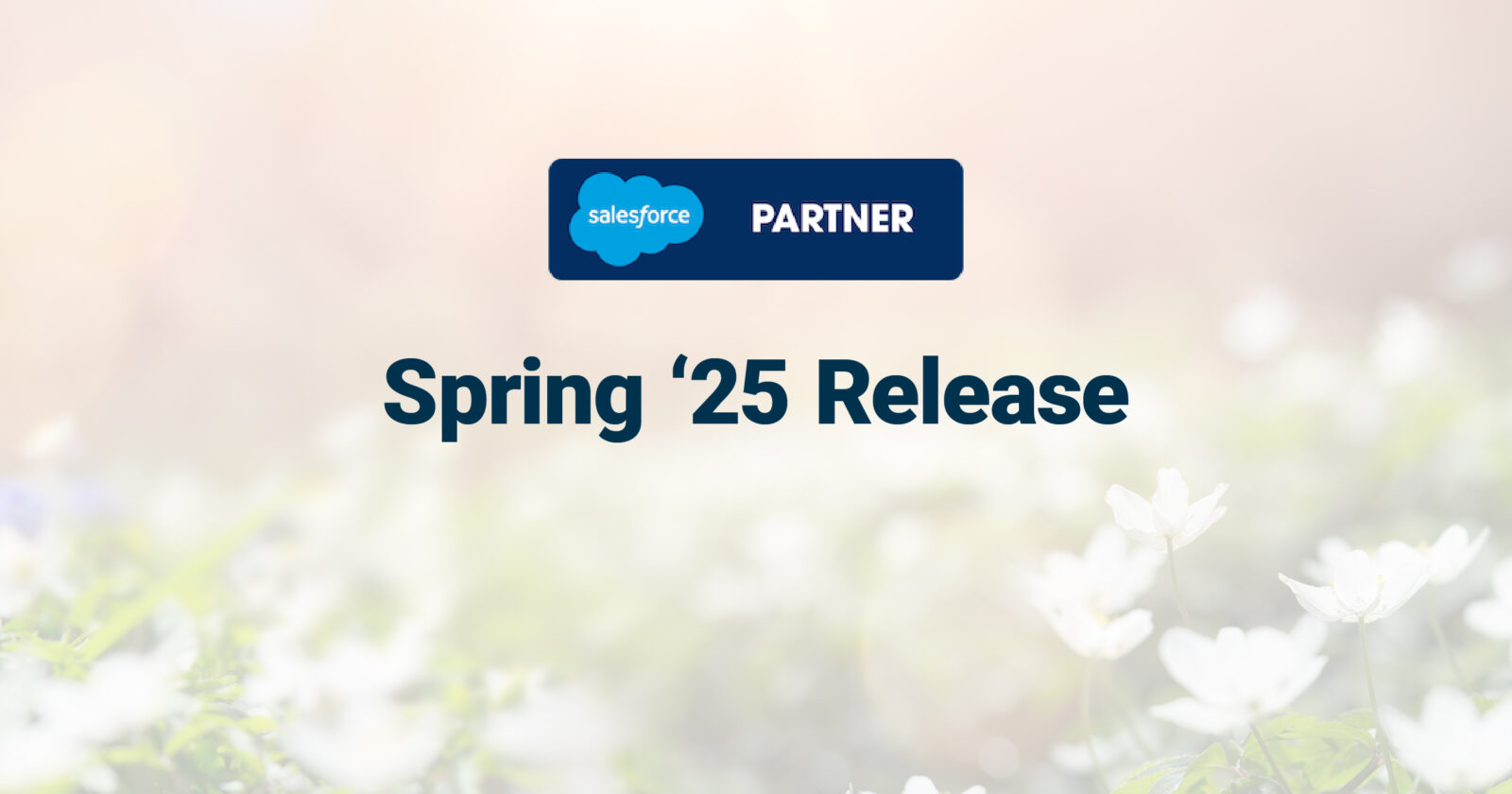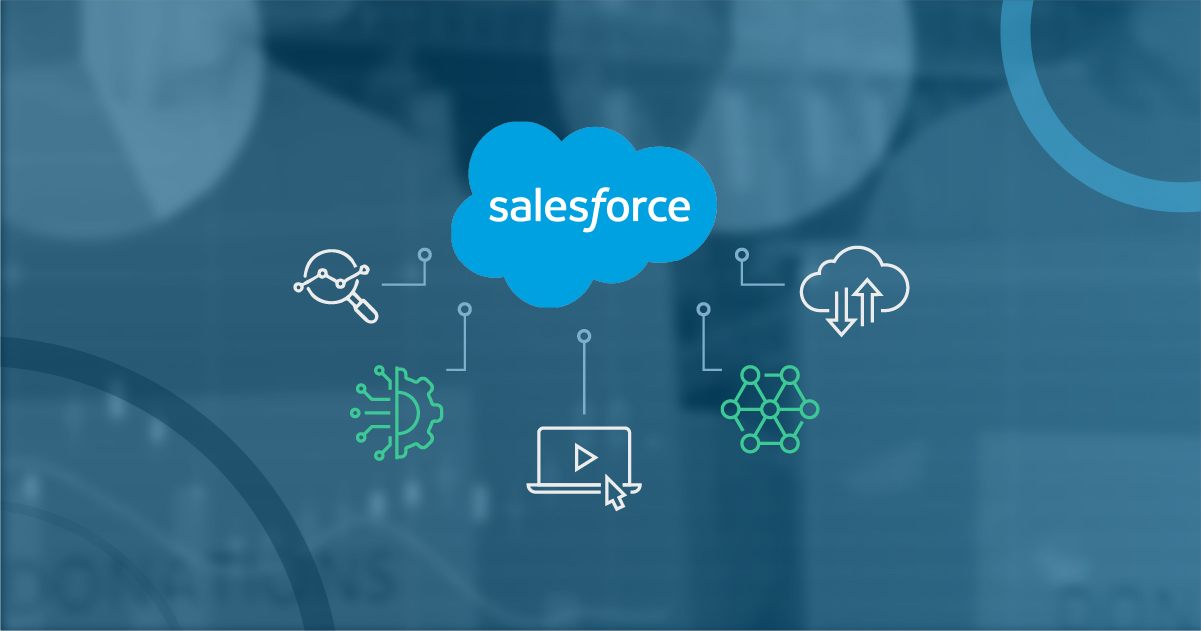4 Common Risks in Salesforce Projects and How to Manage Them
Salesforce is easy to use, but don’t let its user-friendly interface fool you. Deploying Salesforce projects takes planning to be effective. Otherwise, you expose your project to a variety of risks that could derail your plans and push your project goals into the realm of the unattainable. Making sure your employees have adequate Salesforce training helps, but the biggest issues in implementation stem from much more subtle causes, and they are more common than you might think.
1. Bad Data
Salesforce is a powerful tool, but bad data is bad data. Every project uses a bevy of information. It’s migrated in, integrated between files and pulled from users both within and outside the system. That data has to be accurate, or it throws everything off. Also, the data has to be in the right format for the system to read. Validation rules, record types and old triggers can prove a real issue. Managing this risk requires reviewing your Salesforce architecture and auditing your data before setting up the project. If you find that data is an issue after the project is established, you will need a data cleansing solution.
2. Lack of Adoption
Once you’ve checked the quality of your data, it is time to take a look at your adoption. Salesforce is a robust tool, but it’s only valuable when it’s actually used. Your employees may be resistant to change, or they may refuse to use the new system. They may also be unclear on the advantages Salesforce provides. Encourage your employees to take ownership of the data Salesforce generates, and hold them accountable for its accuracy. When they can see the value of the numbers, they’re more likely to buy into the concept of using Salesforce. You can read more on Salesforce adoption here.
3. Not Providing Support
Salesforce is a structure to help you manage your projects better, but you still have to have support in place for it to be effective; you can’t just flip a switch and have everything and everyone up and running on Salesforce. Remember that Salesforce automatically collects and organizes data from lots of different sources. It can also generate a large variety of reports. There’s a learning curve in all this, so make sure your employees have access to all the videos and demonstrations Salesforce offers. Also, they should know where to look or whom to ask if they have questions about how to use Salesforce.
4. Failing to Plan
Salesforce is more than a function for your salespeople. It can be integrated into the way your company does things so that your entire operation works better and is more responsive. At first, you may need to keep it simple and concentrate on using Salesforce in one or two projects before rolling it out through your whole company. This way, you can make sure that your data is clean, adoption is strong, and your employees have adequate support in place, but you should have a formalized plan so that you can define and enforce the Salesforce process. This helps with accountability and helps clarify how Salesforce can inform the rest of your operations.
Avoiding these risks with Salesforce projects is a challenge. Some companies find that they need to bring in an outside expert to get everything set up properly. If you are having trouble setting up your Salesforce projects, Galvin Technologies can help. We are a Salesforce Registered Consultant Partner, so we can help you tailor Salesforce to your company and review your existing setup to make sure it’s configured for your needs.


